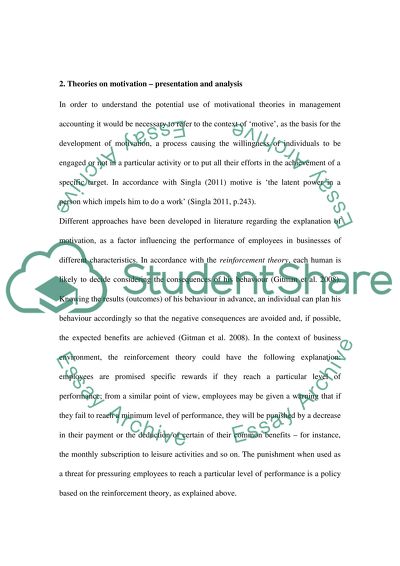Cite this document
(“Introduction to Management Accounting Essay Example | Topics and Well Written Essays - 2500 words”, n.d.)
Retrieved de https://studentshare.org/finance-accounting/1390977-introduction-to-management-accounting
Retrieved de https://studentshare.org/finance-accounting/1390977-introduction-to-management-accounting
(Introduction to Management Accounting Essay Example | Topics and Well Written Essays - 2500 Words)
https://studentshare.org/finance-accounting/1390977-introduction-to-management-accounting.
https://studentshare.org/finance-accounting/1390977-introduction-to-management-accounting.
“Introduction to Management Accounting Essay Example | Topics and Well Written Essays - 2500 Words”, n.d. https://studentshare.org/finance-accounting/1390977-introduction-to-management-accounting.


